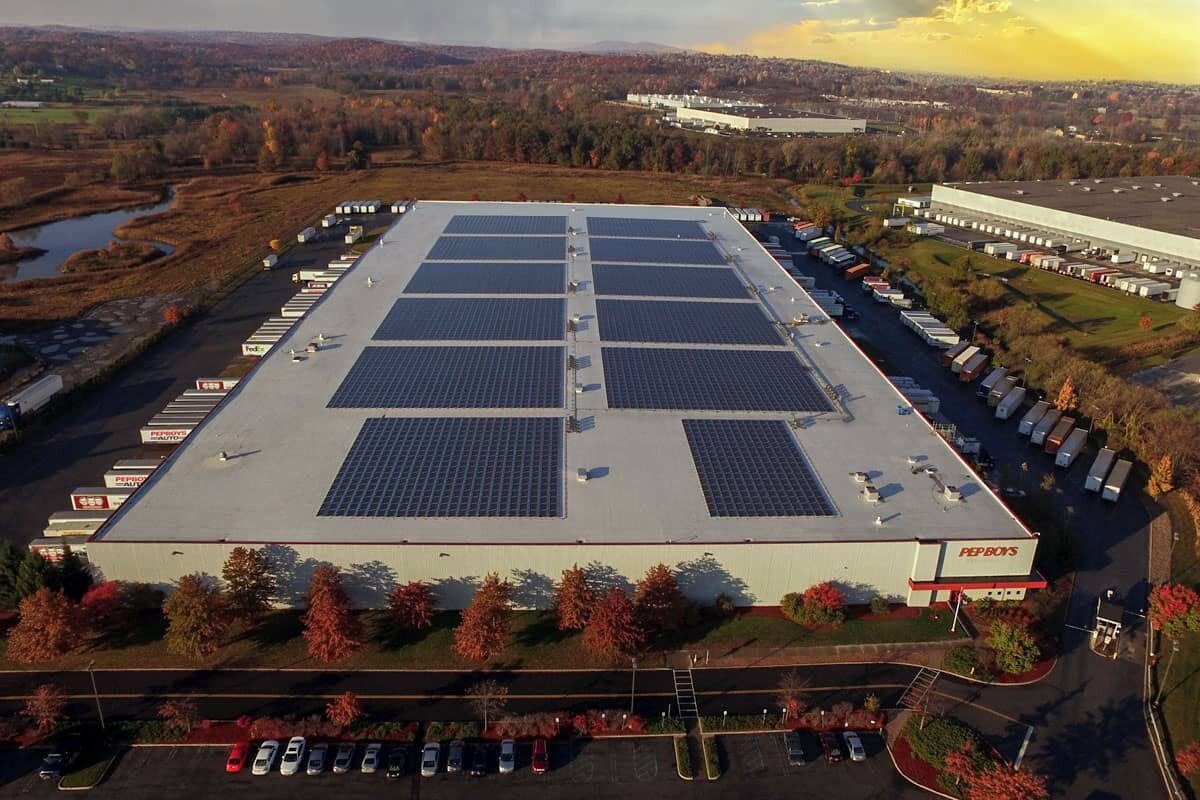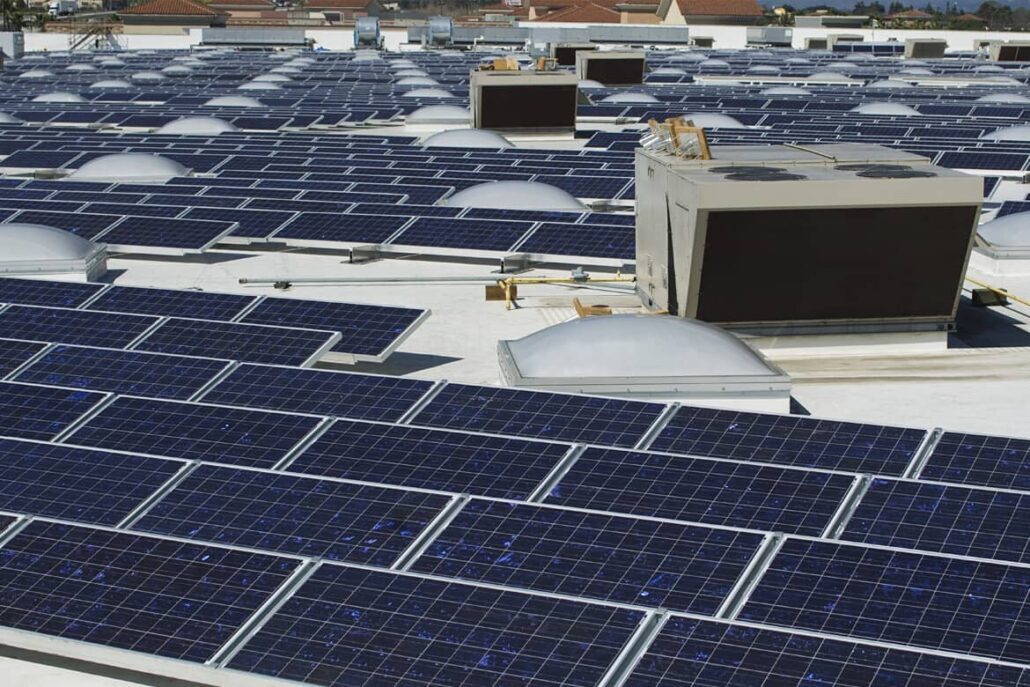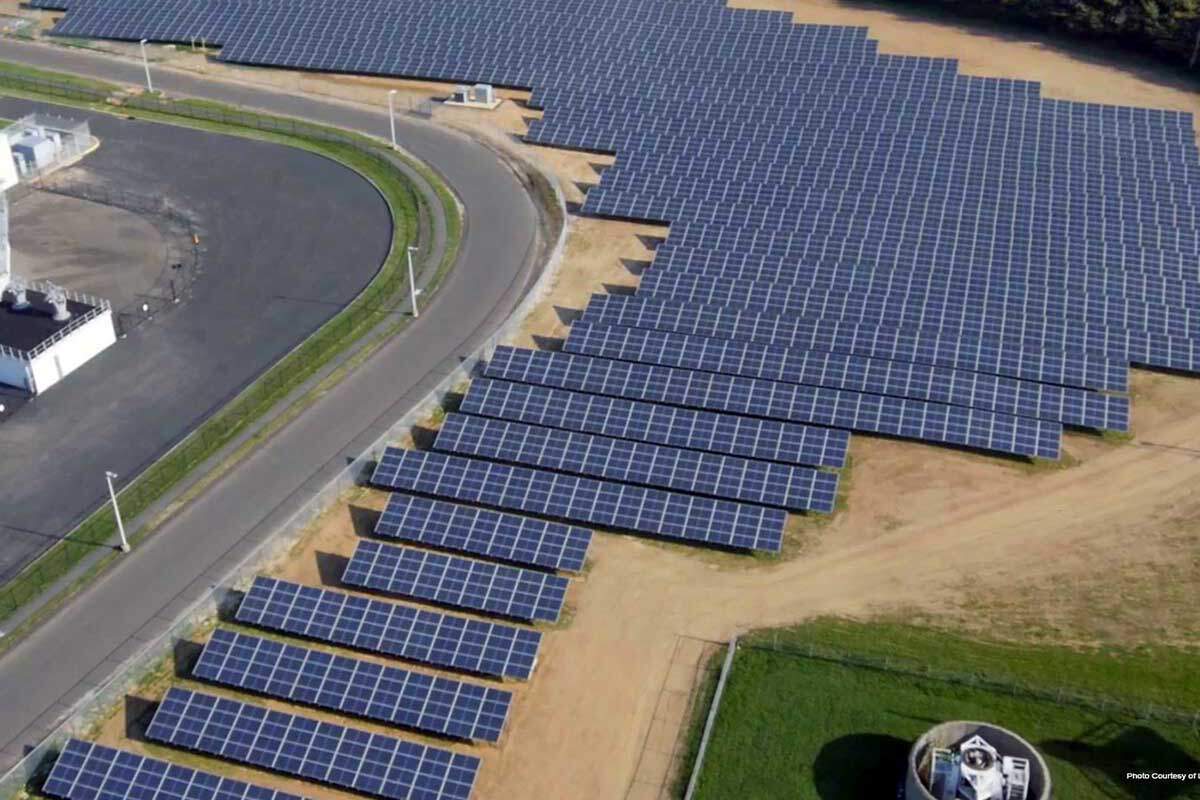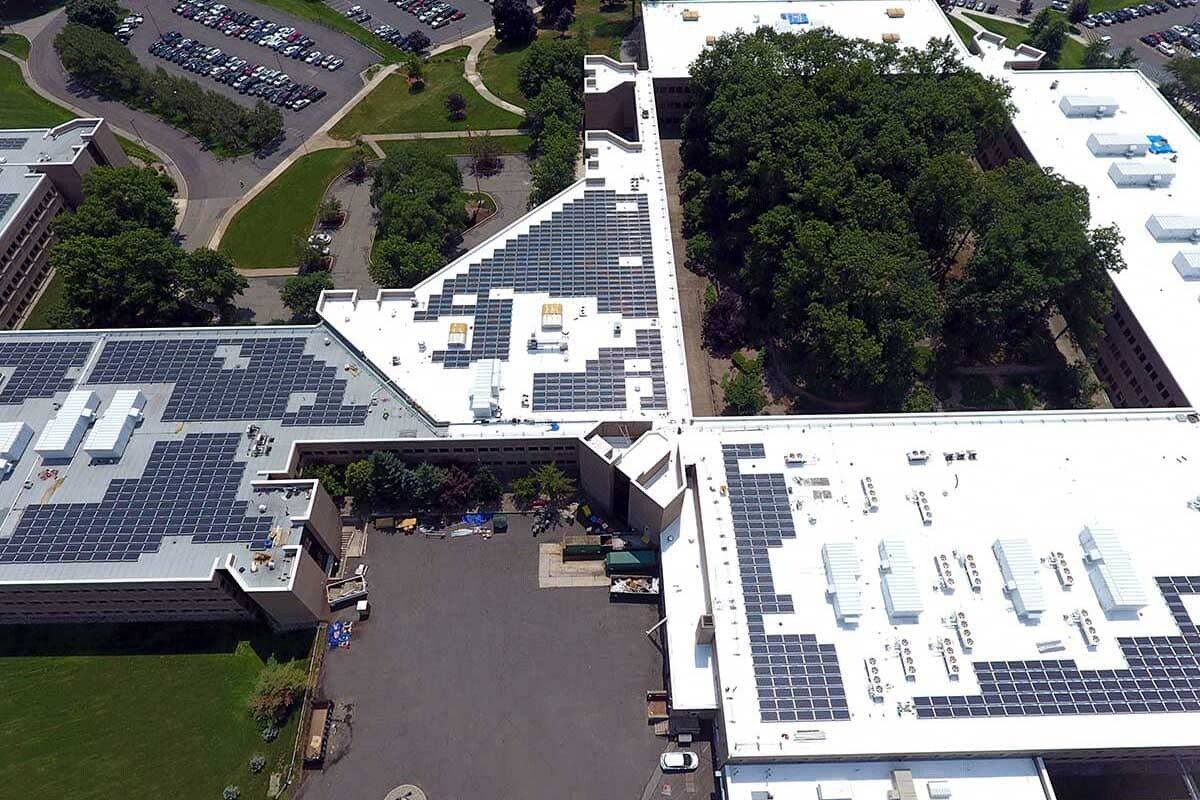
There are numerous commercial incentives that lower the total cost of a solar energy project. The Investment Tax Credit (ITC), accelerated or bonus depreciation, and possibly local solar incentives can dramatically boost the return on investment.
Solar ITC
The ITC is a federal tax credit for 26% of the total system cost for projects that begin construction in 2021 and 2022. Tax credits are a dollar-for-dollar reduction in taxes owed and are therefore more valuable than a tax write-off. If a business installs a $100,000 solar system, it could qualify for a $26,000 tax credit.
The tax credit is extended to the owner of the solar system. Thus, companies that install solar systems on their properties through Power Purchase Agreements (PPAs) or join community solar farms are not eligible. In these cases, it is the company that owns the solar system that could qualify for the tax credit. Speak with a tax expert to find out how to take advantage of this valuable opportunity.
Accelerated Depreciation
Eligible businesses can take advantage of both the ITC and depreciation, lowering their tax liability. Like the ITC, businesses must own the solar system to quality. The value of the depreciation is equal to the depreciation amount multiplied by the business tax rate. Under the Modified Accelerated Cost-Recovery System (MACRS), businesses follow a five-year depreciation schedule regarding what portion of the solar energy project is deducted in a given year.
According to IRS Publication 946 Table A-1:
Year 1 – 20%
Year 2 – 32%
Year 3 – 19.2%
Year 4 – 11.5%
Year 5 – 11.5%
Year 6 – 5.8%
When companies use both the tax credit and depreciation, the basis for the depreciation must be adjusted. The IRS lowers the basis for depreciation by half of the value of the tax credit. If a $100 solar project gets a $26,000 tax credit, then the company can depreciate $87,000 (100% – 26%/2) of the project cost.
Bonus Depreciation
Congress doubled how much companies can claim as bonus depreciation on commercial solar installations. Now, businesses can apply 100% depreciation of the system cost in the first year, instead of spreading it over 6 years. Thus, the 100% bonus depreciation helps businesses
recover the upfront cost of installing solar panels more quickly.
Solar Renewable Energy Certificates (SRECS)
In some states with renewable portfolio standards, utilities need to have a certain amount of energy from renewable sources. To make
up the shortfall, they can buy SRECs from solar systems or wind turbine owners.
One MWh is equal to 1 SREC. The value of SRECs changes due to supply and demand and location. For example, they could be as little as $10 in one state and cost $430 in another.
Currently, New Jersey, Massachusetts, Pennsylvania, Maryland, Washington D.C., Ohio, Delaware, North Carolina, Illinois, and California have an SREC market. In addition, Michigan, Kentucky, Indiana, and West Virginia are eligible to participate in the Ohio SREC market.





